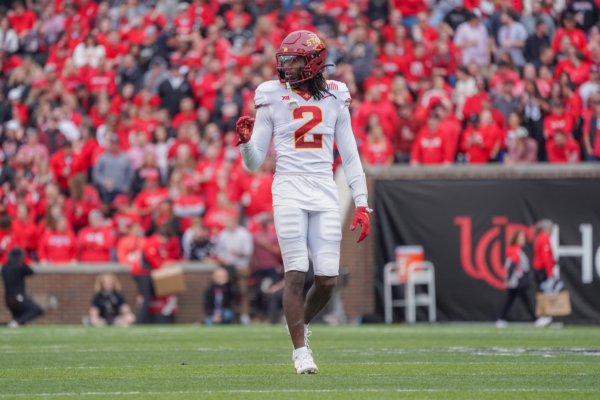`Proof.that our flag was still there’
September 20, 2001
Oh, say can you see, by the dawn’s early light/ What so proudly we hailed at the twilight’s last gleaming?/ Whose broad stripes and bright stars, through the perilous fight, O’er the ramparts we watched were so gallantly streaming?/ And the rockets’ red glare, the bombs bursting in air/ Gave proof through the night that our flag was still there/ O say, does that star-spangled banner yet wave/ O’er the land of the free/ and the home of the brave?
-“The Star Spangled Banner,”
Francis Scott Key
People heal in different ways, so please indulge me for one more week, as I ignore sports and tell this story instead.
The masses have been feeling patriotic since last Tuesday. Flags are flying and congressmen and senators are uniting to sing with one voice.
One song we are hearing time after time is our national anthem. I recently heard a story on the radio about this song. I wanted to recount that telling.
In 1814, America was under attack from the British. This came about because the British wanted to regulate American shipping along with other agenda items.
At this time there was a young lawyer by the name of Francis Scott Key living in the Georgetown, Maryland area. The British had already captured Washington at this time, forcing President Madison and his family to safer locales. The White House and the Capitol had been set ablaze, but the British had their mind on bigger targets. They wanted to capture Baltimore.
In order for the British to do this they needed to get into position, so they anchored themselves in the Chesapeake Bay.
The war had been progressing up to the point, and both sides had secured prisoners. On their way out of Washington, the British captured Dr. William Beane, a neighbor of Keys. Beane was now being held on the British flagship Tonnant, which was floating out in the bay.
The townspeople resented the good doctor’s capture and voted to have Key head to Baltimore and secure the services of the man in charge of prisoner exchange.
Key accompanied this man and they set sail in a small sloop for the massive British war ship dead ahead. Once aboard negotiations began, and were looking promising. Key showed the British letters from British soldiers praising the care the Americans were giving them. Things looked bright for Key and the American prisoners aboard the ship, until the British commander decided Key had heard too much about their impending battle plans concerning Fort McHenry. Key was forced to stay aboard.
The British explained to Key that the entire British navy was in route to Chesapeake Bay. They wanted to destroy Fort McHenry, and crush the American’s war effort.
Sure enough, after a short time Key could see hundreds of ships on the horizon, slowly making their way toward imminent battle.
Key pleaded with the British, arguing that the fort housed many women and children. The British responded by telling Key that the Americans on shore had been told that if they wanted the shelling to stop, all they had to do was lower the giant American flag from its rampart above the fort and the British would accept their surrender. Key relayed this news to the American prisoners below deck, all anxious to see what would happen.
On Sept. 13, 1814, the bombardment began.
It was an unmerciful, brutal attack. Continuous bombing made a deafening noise, while Key looked on in horror. One shell after another struck the flag directly, and yet it didn’t fall down. When Key could take his eyes of the battle, he would yell down to his comrades below deck “It is still standing”. He could hear cheers and prayers rise from below.
Night fell. Key could no longer see the fort, but the red glare of the rockets and the bombs bursting let him, and everyone else know that the flag was still there.
The British command was in a frenzy. They told Key they could not understand what was happening at the fort. British scouts had reported numerous direct hits on the flag, but yet, it would not fall down.
Morning came. Sept. 14, 1814. As the pre-dawn mist gave way to morning light, Key noticed the shelling had stopped. He made his way to a vantage point where he could see, and as he gazed upon Fort Henry he realized the shelling had not stopped because of surrender; the shelling had stopped because the British had given up. Twenty-five hours of explosions had not been enough to bring the flag down.
Key was released and allowed to go back to shore. As he approached Fort McHenry, his eyes met those of dead patriots fallen for the love of a nation. He made his way to the flagpole.
There the flag rested, torn, tattered and almost unrecognizable. The pole itself was battered and bent, and would have fallen if not for the bodies that held it up. The British had indeed uprooted the flagpole, but as it fell towards the earth, it was caught and held up by American soldiers who realized what that flag really stood for. When the next bomb came crashing down, killing those men, more rushed to take their spot, until the British realized they could take down a fort, but they could never crush the American spirit.
After witnessing these events Francis Scott Key wrote a poem that we now sing at ball games. See if the words mean more to you now.
Marcus Charter is a junior in journalism and mass communications from Ames.
















